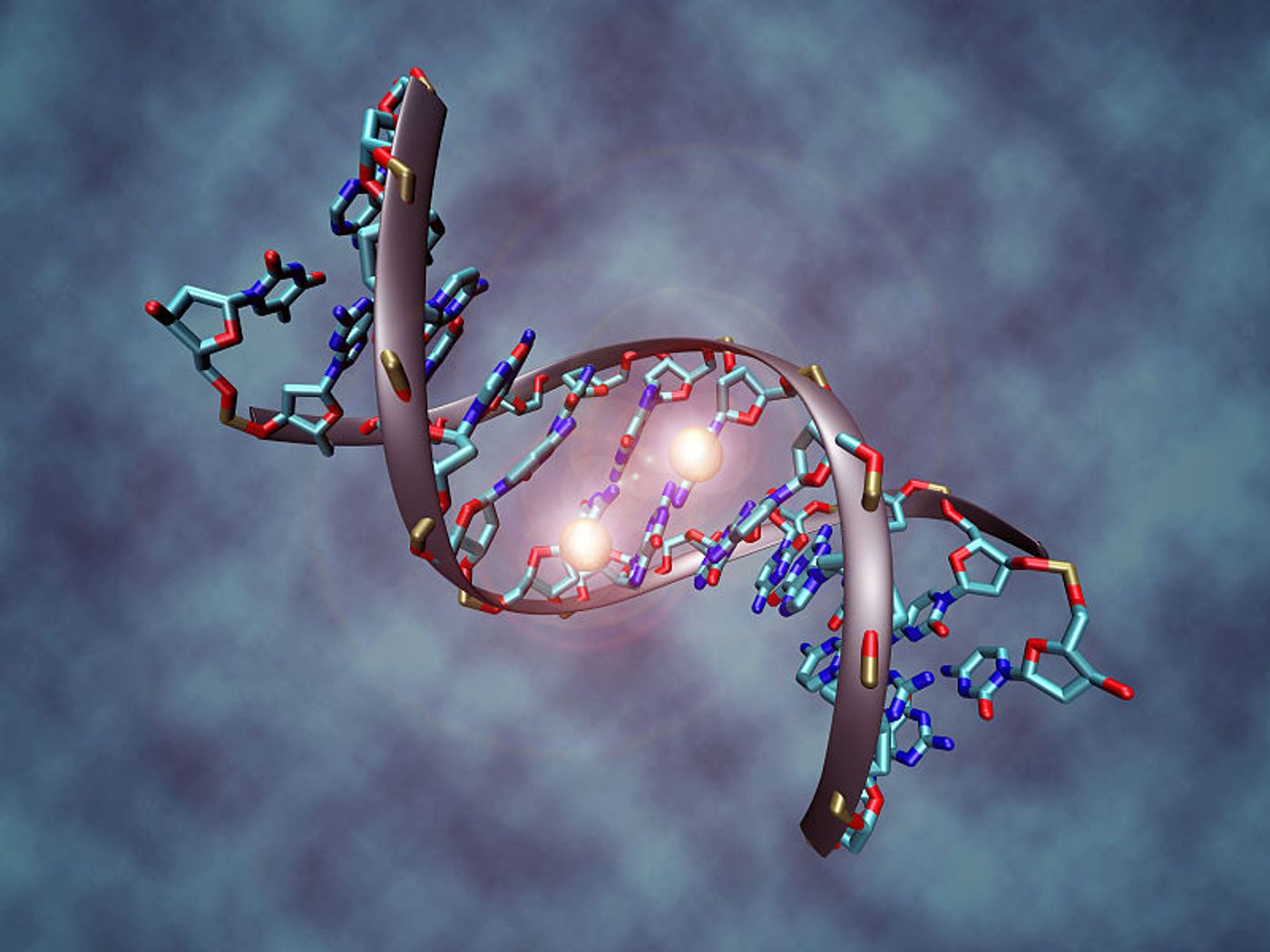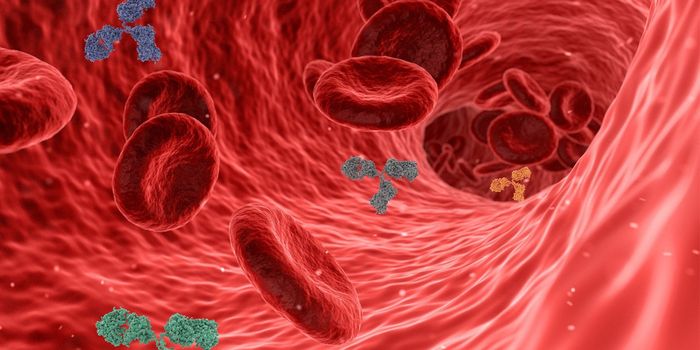Epigenetic Similarities Between Rheumatoid Arthritis and Huntington's Disease
A detailed investigation into the epigenome of rheumatoid arthritis (RA) patients revealed unexpected similarities between RA and Huntington’s disease (HD). From University of California – San Diego scientists, researchers show how understanding the changes in the epigenome in the context of both diseases could lead to new therapeutic targets and drugs.
Epigenetics is the study of the epigenome, the collection of proteins and molecules within the genome – the DNA – that control gene expression. Factors in the epigenome change the structure of genes to either activate or silence them without ever altering the actual gene sequence.
While certain changes in the epigenome are a normal and vital part of a person’s genetic activity, abnormal and potentially disease-causing changes can occur in response to environmental factors like stress and lifestyle.
First, researchers took cell samples from the joints of people with RA, comparing their findings from epigenetic analyses to cells from people with osteoarthritis. They studied chromatin, DNA, and histone modifications – all components of epigenetic activity. Their analyses produced a whopping 12 terabytes of data, which was evaluated by their own new algorithm called “EpiSig.”
EpiSig’s analysis showed them all of the epigenetic combinations found in the genes of people with RA, presenting new signaling pathways and connections to HD. The study was not without its obstacles.
"Comparing different types of epigenomic data is difficult because it involves a variety of different data subsets that cannot normally be analyzed together, including various methods in which DNA gets modified," explained Wei Wang, PhD.
EpiSig could be applied to identifying connections between other diseases for the purpose of develop new treatments and altering old drugs to serve a new purpose
About rheumatoid arthritis
Unlike osteoarthritis, a disease characterized by cartilage degeneration, RA is an autoimmune disease characterized by the immune system misguidedly attacking tissue in the joints as if they were attacking a foreign invader. This attack causes inflammation in the synovium – the tissue inside the joints – which causes the synovium to thicken, leading to swelling and pain in and around the joints. RA impacts the lives of more than one million Americans, and up to 20 percent of those people do not respond to any of the available drugs.
About Huntington’s disease
HD is a genetic disease that develops when nerve cells in the brain progressively break down, leading to the deterioration of the affected individual’s physical and mental abilities. People with HD are usually diagnosed between 35 and 45. There is no cure for HD, and more than 30,000 Americans are currently living with the disease, and more than 200,000 are at risk of developing it.
“Discovering the unexpected was the reason that we developed this technology,” explained senior author and study leader Gary. S. Firestein. “Now that we have uncovered this connection, we hope that it opens a door for treatment options for people living with either disease.”
The present study was published in the journal Nature Communications.
Sources: Huntington’s Disease Society of America, Arthritis Foundation, University of California – San Diego









